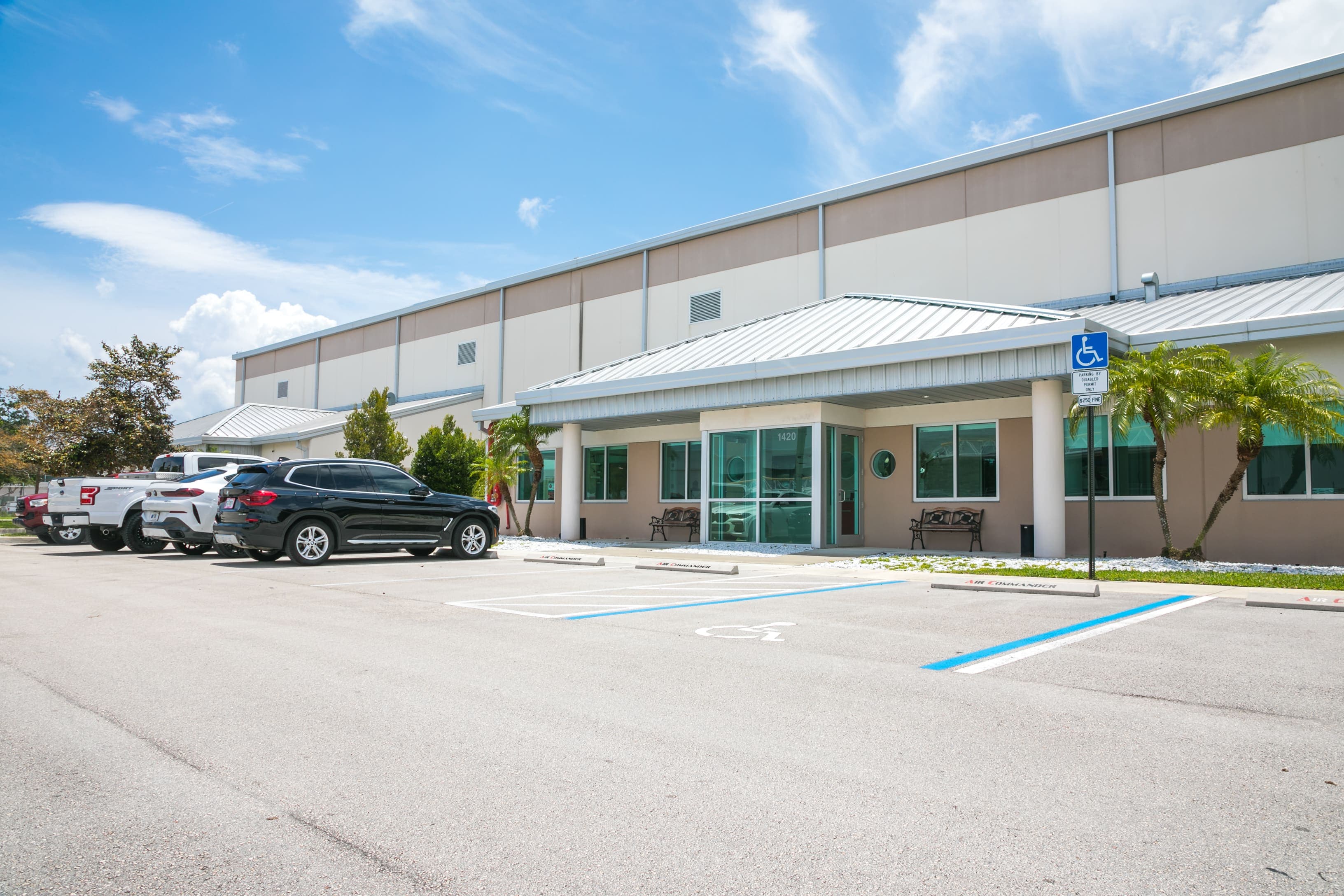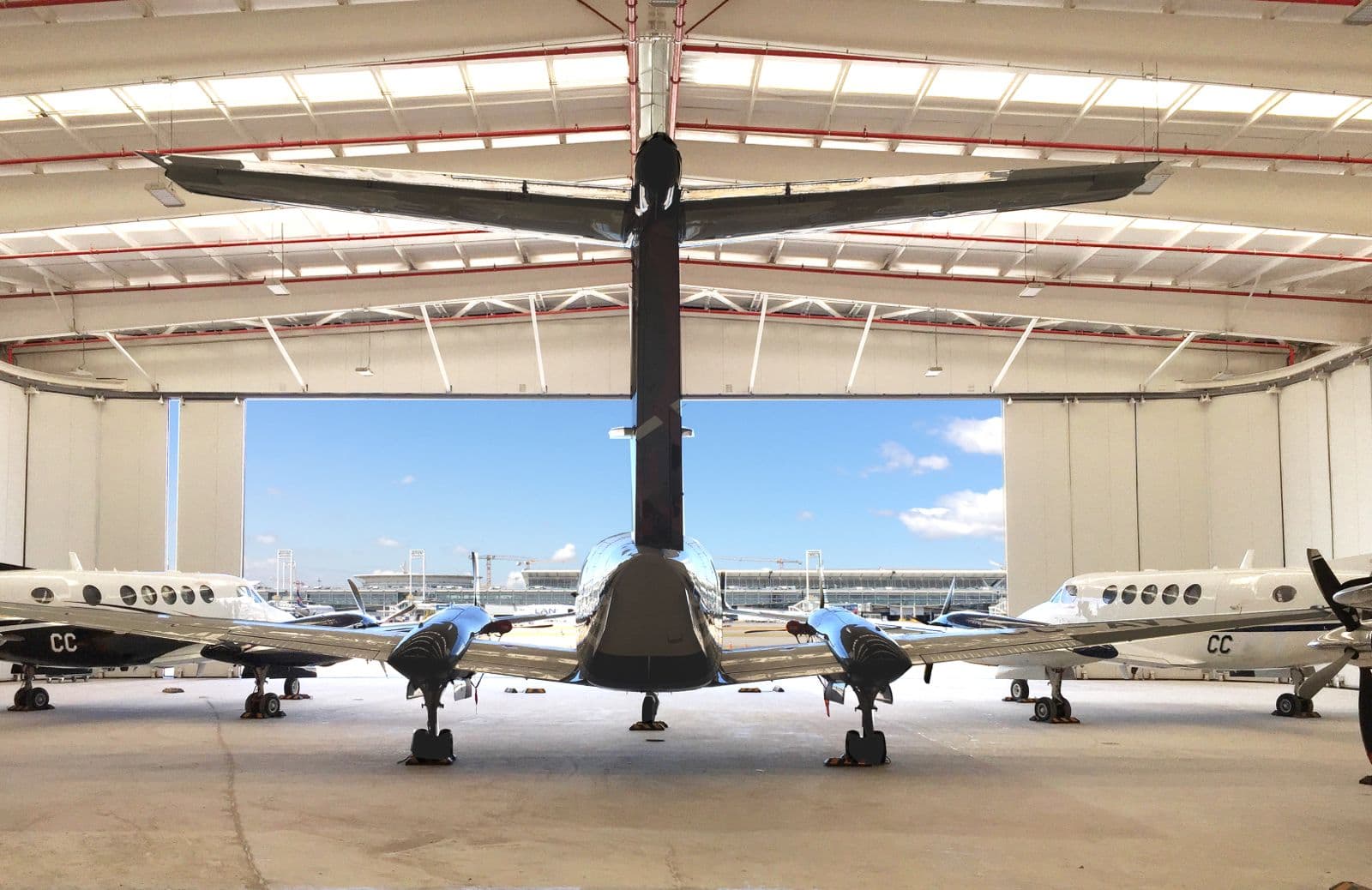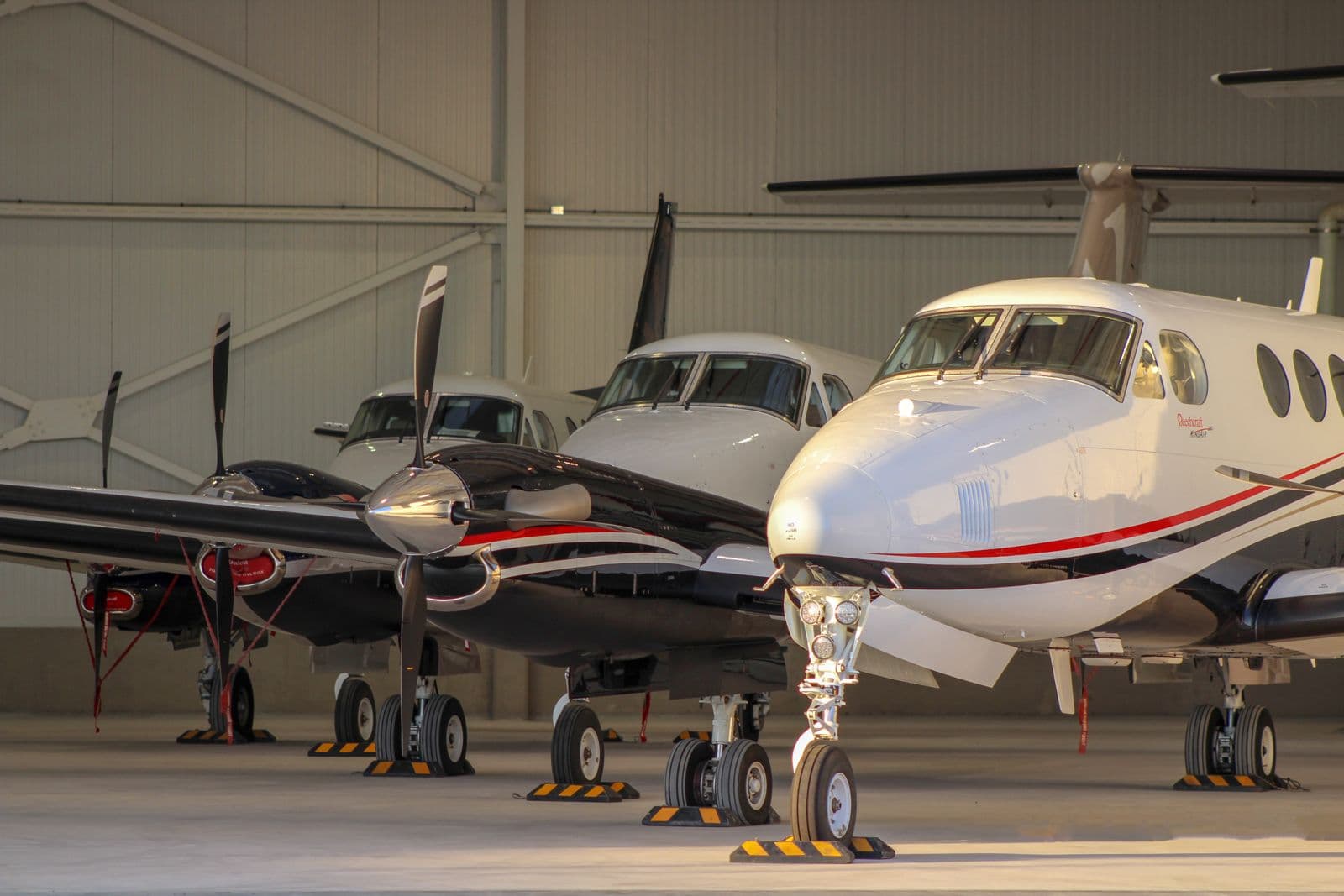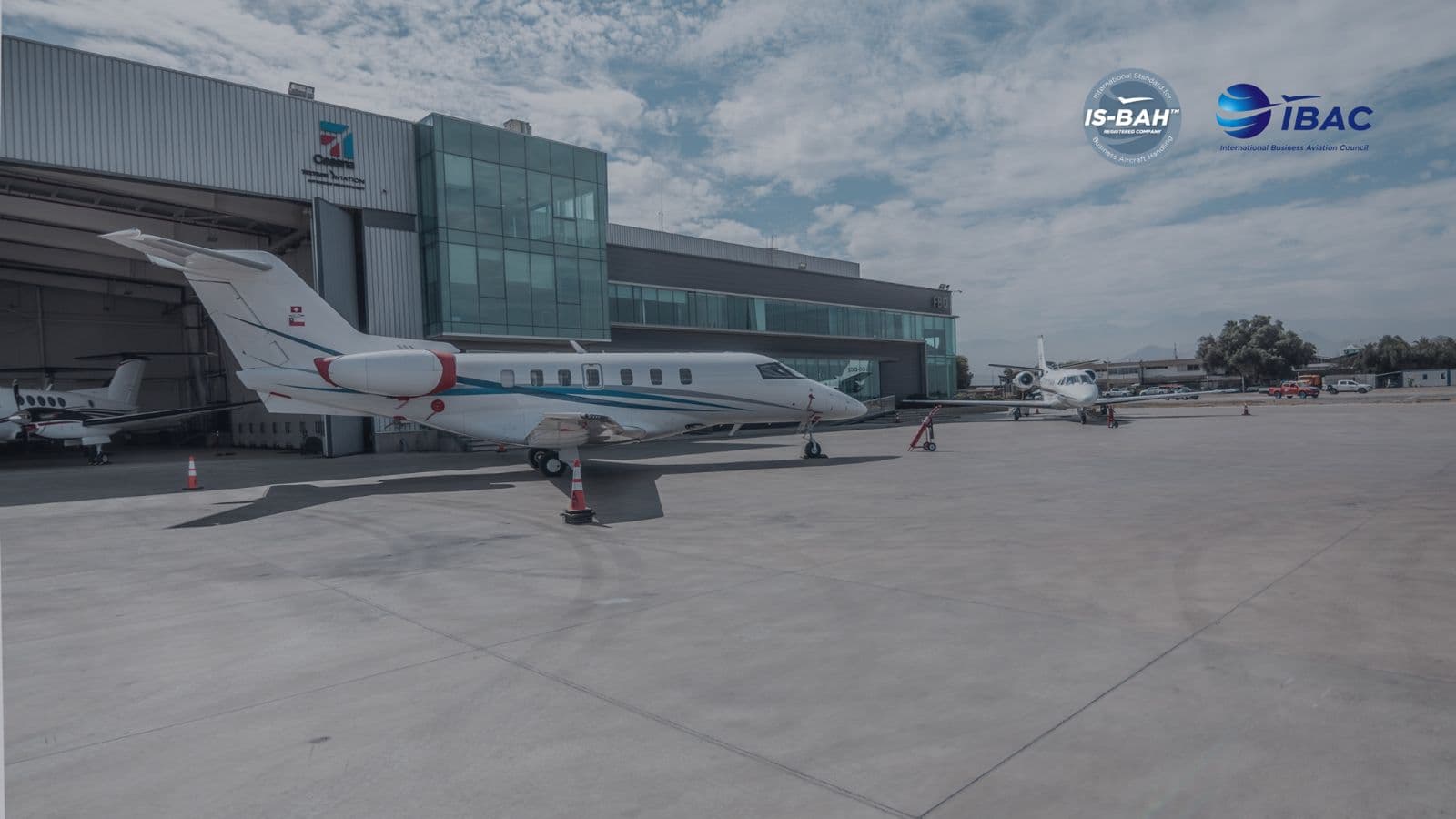_11zon.png&w=1920&q=75)
The Chilean aviation services company is already operating in the United States and strengthening its expansion in the region, with the upcoming opening of a maintenance center in Uruguay. Here, its CEO discusses the company’s latest projects and provides an analysis of the industry and what lies ahead.
A "notable" growth has been observed in the demand for aviation services in Latin America, as well as in the United States, Europe, and the Middle East. This is what Rodrigo Contreras, CEO of Aviasur, sees, a view that aligns with the latest report from the International Air Transport Association, which indicates that global demand for commercial flights increased by 16.6% in January compared to the same month in 2023, with international traffic rising by 20.8%, while domestic traffic grew by 10.4%.
Contreras is leading a company that started with a flagship terminal at Arturo Merino Benítez Airport. They then expanded operations to Pisco, Peru, with a strategically located private terminal for regional traffic and fueling stops. Later, they expanded their presence in Santiago, adding two more terminals, and now they are in Bolivia with aircraft sales. They will also be in Uruguay with a maintenance center, aiming to provide service alternatives to markets like Argentina.
The executive explains that the new facility in Montevideo, which will be developed in partnership with Sofitech, consists of a 1,500-square-meter hangar equipped for aircraft maintenance within Carrasco International Airport. This facility is designed not only to strategically serve the markets of Uruguay and Argentina but also the southern part of Brazil.
In 2022, they began operations in the United States with a commercial office, seeking opportunities for major contracts in the region. Then, earlier this year, they opened operations in Opa-Locka, Miami, at the busiest executive airport in the area, providing hangaring and fueling services.
What is the balance of starting operations in Miami?
It has been extremely positive. Two years ago, we opened a commercial office with the goal of developing new business and establishing contacts. Now we have an official Aviasur facility at Opa-Locka Airport, which allows us to welcome our clients and offer them a wide range of aviation services. During this short period, we have also strengthened our relationships with global players, giving us access to business opportunities that were previously out of our reach. As for demand, one of our main client segments consists of Latin Americans traveling within the United States, as well as those flying between the U.S. and Latin America. It's important to highlight the preference of Brazilian clients, who value more personalized service compared to the more independent style of U.S. clients. This differentiator has been key to our growth in Florida, serving as a gateway for Latin America to the United States.
What makes the maintenance center in Uruguay unique and what opportunities does this facility bring?
In addition to strengthening our presence in Chile and Peru, it is crucial to expand our operations in Bolivia and successfully launch activities in Uruguay and the United States. In the case of Uruguay, geographically, it serves as a key point that combines proximity to relevant markets with a country that allows us to operate efficiently. For example, it facilitates rapid importation of parts and customs procedures. This makes it easier for us to serve more markets and positions us well regionally.
What is the particular challenge in this market?
The challenge we face is providing a service alternative to the Argentine market and developing the infrastructure needed to boost and support the growth of executive and private aviation in less-developed markets like Bolivia or Paraguay.
How do you expect demand for aviation services to behave in Latin America in the coming years?
Demand has experienced notable growth in Latin America, as well as in the United States, Europe, and the Middle East. We believe this trend will continue over time. At the industrial and business level, we see a significant increase in the need for connectivity, both locally and regionally, flexibility in schedules, and above all, a desire to optimize the use of time. Additionally, there are companies that have increased their demand in the logistics or cargo business, particularly for the "last mile" concept, which private aviation can perfectly fulfill due to its flexibility. On the other hand, there has been an increase in demand for specialized tourism activities that use aviation as an essential part of their offerings and experiences. As for the countries and industries that concentrate the demand in our region, Brazil and Mexico stand out as key markets due to their territorial size and high domestic market traffic. Following them are Colombia, Argentina, Chile, and Ecuador, which have a consolidated private aviation industry and an active client base. These countries also face an urgent need to improve regional interconnection, especially in areas where geography and infrastructure of destinations do not always facilitate land or commercial transport. This forces them to seek alternatives, among which private aviation presents itself as an attractive and viable option.






_11zon.png&w=3840&q=75)
_11zon.png&w=3840&q=75)
_11zon.png&w=3840&q=75)
_11zon.png&w=3840&q=75)
.png&w=3840&q=75)
.png&w=3840&q=75)
_11zon.png&w=3840&q=75)
.png&w=3840&q=75)